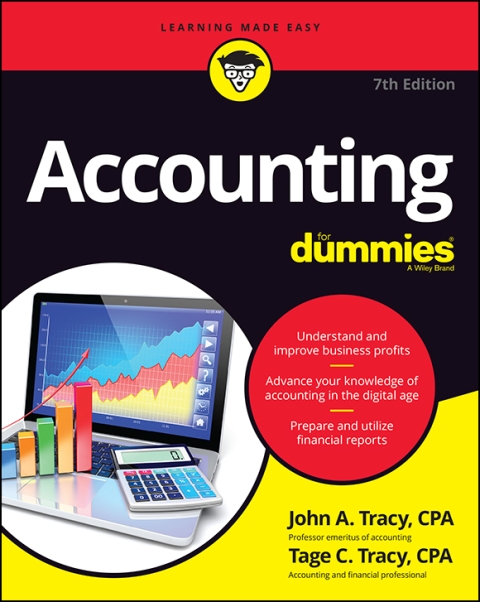Description
Efnisyfirlit
- Cover Page
- Half Title Page
- Series Page
- Title Page
- Copyright Page
- Dedication Page
- Contents
- List of tables
- Notes on contributors
- Series editor’s preface
- List of abbreviations
- Introduction
- Part I The wider complexities of inclusive practice
- 1 Inclusion Defining definitions
- Introduction
- Definitions of ‘inclusion’
- Inclusion as a singular noun
- Inclusion as a noun of the Many
- Conclusion
- 2 Pedagogy for inclusion?
- Introduction
- What is ‘pedagogy’?
- Three questions about pedagogy
- Examples of pedagogy
- Conclusion
- 3 Leading and managing for inclusion
- What are leadership and management?
- Roles, responsibilities and influences on the SENCO
- Conclusion
- 4 Students as core A time for change in the higher education discourse of ‘widening participation’ and ‘inclusion’
- Introduction
- History and locating ‘inclusion’: a word, a political movement, a policy?
- ‘Inclusion’ and widening participation in higher education
- The impact of ‘inclusion’ and widening participation on higher education: what has it achieved?
- What for the future of ‘inclusion’ and HE? Changes to improve inclusive practice
- Conclusion
- 5 Inclusive practice for families
- Introduction
- Poverty and inclusion
- ‘Hard-to-reach’ families: acknowledging diversity and complexity
- Why is parental participation in service shaping important?
- A case study example of effective consultation with parents of young children who experience disability
- Recommendations for practice
- Conclusion
- Part II Inclusion through the stages of learning
- 6 Inclusive practice in early childhood education
- Introduction
- Complexity in defining inclusion
- Emphasis on individual need
- Developmentally appropriate practice
- Intrinsic involvement of parents and carers
- Conclusion
- 7 Primary teachers’ perspectives on implementing the inclusion agenda
- Introduction
- The Warnock Report and the development of integration
- The development of the standards agenda
- The impact of the standards agenda on children with special educational needs
- The combination of the standards agenda with the new concept of inclusion
- Considering the collective development of the inclusion and standards agendas
- Teachers’ perspectives on practically implementing the inclusion agenda
- The confusion in defining inclusion
- Teachers’ pragmatic positions on implementing inclusion in practice
- Barriers to implementing the inclusion agenda
- The standards agenda and its impact upon the inclusion agenda
- Implementing the inclusion and standards agenda in tandem: mission impossible?
- Conclusion
- 8 Inclusive practice in secondary education
- Introduction
- From segregation to inclusion
- Othering, labelling and intersectionality
- Groups of pupils at risk of exclusion or marginalisation
- Education for inclusive citizenship
- Conclusion
- 9 Post-16 education and issues of inclusion
- Introduction
- The history of post-16 education
- The culture of inclusion (or exclusion) in 16–19 educational institutions
- Further education and training today
- Inclusion in FE today
- Funding for inclusion at 16–19
- Planning and implementation of learning activities to suit the needs of all
- Conclusion
- 10 From elitist to inclusive higher education
- Introduction
- The context of higher education
- ‘Presence’: who gets into university?
- ‘Participation’: what happens once they get there?
- ‘Achievement’: students’ degree attainment
- What has been done to improve equity?
- How can academic standards be maintained?
- Conclusion
- Part III Inclusive practice International perspectives
- 11 Diversity in Greece Equity, access and inclusion issues
- Introduction
- Social geography: Greece, a changing society
- A struggling economy
- The impact of social change on education
- Diversity in Greece
- Diverse students but with similar needs
- Education and migrant students
- Education and special educational needs
- Conclusion
- 12 Inclusion and inclusive practice in Australia
- Introduction
- Snapshot: Australia’s geographic and climate context
- Snapshot: Australia’s historical, social and cultural context
- Snapshot: Australia’s political and economic context
- Snapshot: current education policy
- Snapshot: schooling system in Australia
- Snapshot: educational provision for individuals with disabilities in Australia
- Snapshot: prevalence of disability in Australian populations
- Snapshot: the Australian Curriculum
- Inclusion: challenges in the Australian context
- Conclusion
- 13 Inclusive practice in Montserrat, Caribbean Natural disaster experiences
- Introduction
- A teacher’s intervention with children who witnessed a pyroclastic flow
- Inclusive education in emergencies
- Notions of inclusion – the Montserrat context
- Pre- and post-emergency experiences and practices
- A teacher’s account of using storytelling
- Changing needs and access to interventions
- Resources
- Conclusion
- 14 Inclusive practice post conflict An exploration of examples from Liberia
- Introduction
- Social and historical context
- Post-conflict inclusion practices
- Reflecting on the experiences of former child soldiers
- An ‘Education for All’ (EFA) agenda
- Achieving Education for All
- Children with special educational needs
- Rural localities
- Gender parity
- Partnerships for inclusion
- Making teacher training inclusive
- Conclusion
- Index






